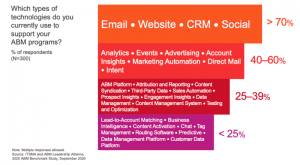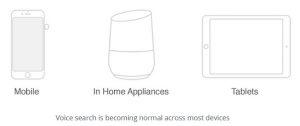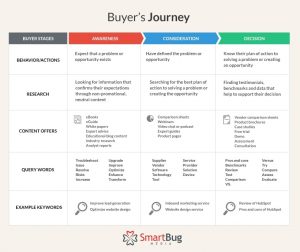A lot of articles talk about ‘creating’ urgency in order to sell your product. However, I don’t think you can base your product’s salability on hoping marketing and sales manipulations will create a motivated customer. If your target customer does not already have some urgency in finding a solution to the problem he has, it will be hard to pump up urgency to a point where a prospect becomes a customer.
The customer who is prepared to take money out of his pocket and give it to you is a motivated customer; he is motivated to find a solution to a problem he knows he has. Motivation drives sales—an unmotivated prospect will not become a customer. The ease with which you create that actionable level of motivation is a direct function of urgency: more urgency, more motivation.
Urgency is used to judge how easy it will be to sell your product. Really easy is good; it means you don’t have to work too hard to make the sale. I’m not saying it is good to be lazy, I’m saying that you can make more profit with X number of marketing/sales dollars than you can if you have to spend hours and XXXX dollars to convince people they should buy the product. It’s just a matter of efficiency.
If you start with a product that inherently evokes a high sense of urgency, things will be easier. If you start with a product in which nobody seems to care much about buying, you will have a very hard time. Most products are somewhere in between.
Urgency also serves to narrow down the available market to the probable market, the ones that will probably buy your product.
Urgency is a function of Frequency and Intensity.
Let’s say you make an expensive headache remedy and you are trying to find the quickest and easiest sales path. There is a huge available market: everybody has a headache at some point in their lives. If you look at one classification—people that have an intense headache once a year—you’ll see intensity but no frequency. If you look at another classification—people that have a ‘tiny’ headache every morning—you’ll see frequency but no intensity. Neither of these groups have enough actionable urgency to find a remedy, especially an expensive one. So, who do you sell to? Answer: the people who have an intense headache every day. You really don’t have to sell very hard, do you? They will rip it out of your hands and shove money in your pocket if it will work for them.
Now, how big is that market? If you remember my Three Critical Questions, you’ll remember that the first question is: Do a lot of people really have the problem you think they do? You can use the urgency test to answer the lot of people part of the question. Out of the total available market, how many have intense headaches every day? That question can only be answered by a strong Customer Investigation process: you ASK a lot of people! If you find that only a handful of people have a level of urgency sufficient to establish a high enough motivation to purchase, maybe the product needs to be re-thought.
Looking at the market in terms of urgency can clarify the prospects for success. Now, I know what you’re thinking: what about Twitter? Who could have projected the level of urgency that would cause millions of people to write 142-character notes to each other all day long? Some urgencies are hidden really deep—and people are still a mystery.
What about Popcorn in a Can, however? If you’ve never heard of that product, there’s a good reason: priced at $ 3.50, a small can wouldn’t even make a dent in the popcorn craving of one person. You’d have to spend $ 14.00 to equal the serving you get from a typical microwave bag at $ 3.49. There may be urgency to have popcorn, but people apply other filters to create Actionable Urgency.
There is just not enough Value in “Popcorn in a Can”.
VALUE = BENEFIT/COST
With Twitter, the Benefits far exceed the Cost.
With Popcorn in a Can, the Cost far exceeds the Benefits. And, no amount of urgency can overcome that. This goes to the third question of the Three Critical Questions: Does your product offer a compelling solution to their problem? Redenbacher just offers a better solution.
The bottom is this: whether you have a struggling product or are thinking through a new product, try to determine the customer’s urgency level in finding a solution. The higher the urgency, the easier the sale and the more revenues you can generate. If very few people have any urgency to buy at all, no amount of slick marketing is going to create a successful product.
The post URGENCY – Foundation of a saleable product appeared first on Timothy Freriks.
Business & Finance Articles on Business 2 Community(120)
Report Post




